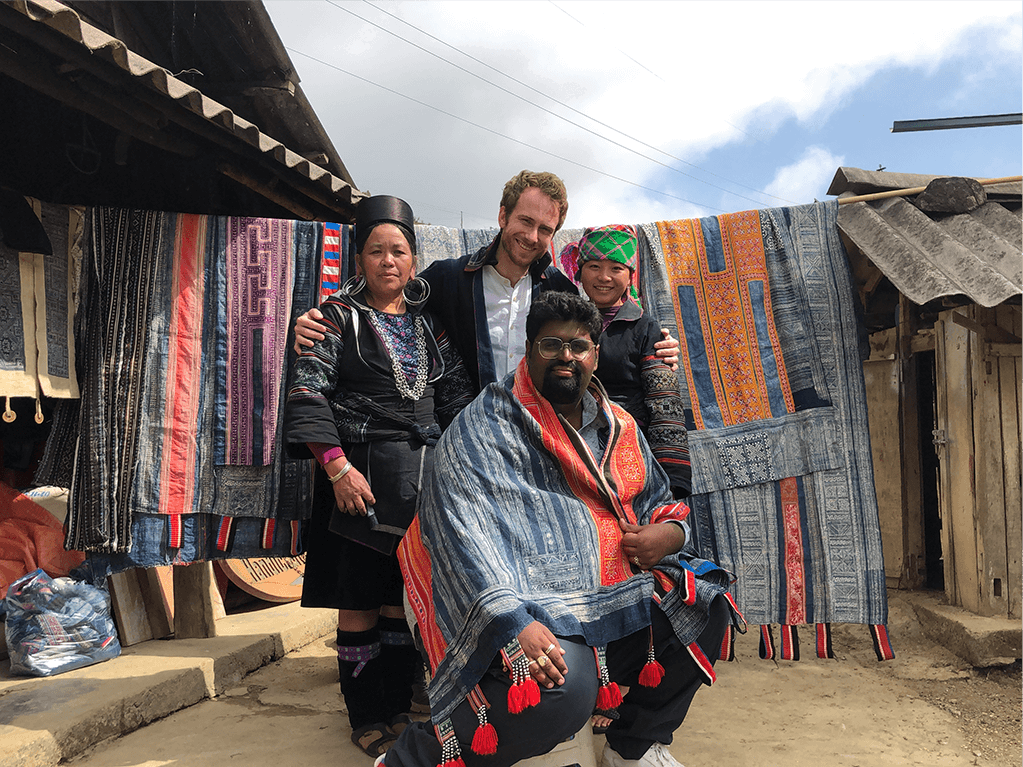Silk is one of the most precious, appreciated and ancient fabrics that man has ever learned to weave and use. Its origins are literally lost in the mists of time: it seems, in fact, that the discovery of silk dates back to 3000 BC, in China, where the production and trade of this precious fabric represented for centuries is one of the most flourishing and opulent activities.
Like wool, angora, Alpaca and other precious natural textile fibers of animal origin, silk also owes its uniqueness to the work of a small animal. It is a moth, the Bombyx Mori, better known as a silkworm.

THE SILK ROUTE, THIS NEW STATUS SYMBOL
Always considered a symbol of nobility and wealth, silk has long been a privilege that only the ancient Chinese emperors, priests and a few lucky others could afford. At that time the color of the clothes made with this fabric even represented the social class to which they belonged: yellow was the color of emperor and empress; purple that of the other emperor’s women; the celestial of the court officers. Soon the production of silk gave birth to a real economy in China, so flourishing that already in the year 1000 AD, an intense exportation also took place in the West. Over time, the weaving of the precious thread ceased to be the prerogative of oriental artisans, but also entered the Western Roman Empire where it became one of the most important economic sectors.
The path that from the Far East carried loads of precious silks to the other Middle Eastern, European and Egyptian kingdoms was called the Silk Road. For centuries, the Silk Road not only represented the commercial path of a prized commodity, but also an important cultural crossroads between the western and eastern world.
FROM KISS TO SILK
Legend has it that the birth of sericulture was the work of the Chinese empress Xi Ling Shi. While strolling in the garden during a spring afternoon, the very young ruler noticed a strange caterpillar. Touching it, a very thin and shiny thread emerged from it that the insect began to weave around the empress’s finger and immediately afterwards a cocoon.
In reality, it seems that the processing of silk is much older and that it became a much sought-after luxury item well before tradition wants. However, what still retains an incomparable charm today is the way in which silk becomes silk starting from the weaving of the thread that the worm produces in its cocoon.
The silkworm is a species of moth that mainly feeds on the leaves of the mulberry tree. The production of the yarn takes place thanks to two glands within which a protein-type chemical synthesis takes place. The substance produced is eliminated by two small slits positioned on the sides of the insect’s mouth, in the form of a very thin slime that instantly gels in contact with the air.
At this point, the worm begins to make movements with the head that ideally reproduce the shape of an eight. Thus, millimeter after millimeter, the raw silk cocoon takes shape, the average length of which ranges from 300 to 900 meters. Each bug can produce many skeins and at the end of this exhausting weaving job, after about 3-4 days, it turns into a butterfly.






